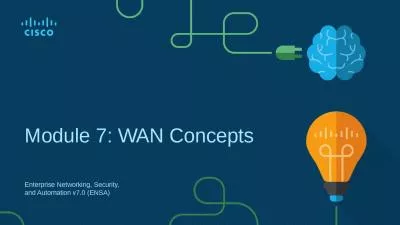PPT-Chapter 1: WAN Concepts CCNA Routing and Switching
Author : melody | Published Date : 2023-11-11
Connecting Networks v60 11 WAN Technologies Overview Explain WAN access technologies available to small to mediumsized business networks Explain the purpose of a
Presentation Embed Code
Download Presentation
Download Presentation The PPT/PDF document "Chapter 1: WAN Concepts CCNA Routing and..." is the property of its rightful owner. Permission is granted to download and print the materials on this website for personal, non-commercial use only, and to display it on your personal computer provided you do not modify the materials and that you retain all copyright notices contained in the materials. By downloading content from our website, you accept the terms of this agreement.
Chapter 1: WAN Concepts CCNA Routing and Switching: Transcript
Download Rules Of Document
"Chapter 1: WAN Concepts CCNA Routing and Switching"The content belongs to its owner. You may download and print it for personal use, without modification, and keep all copyright notices. By downloading, you agree to these terms.
Related Documents

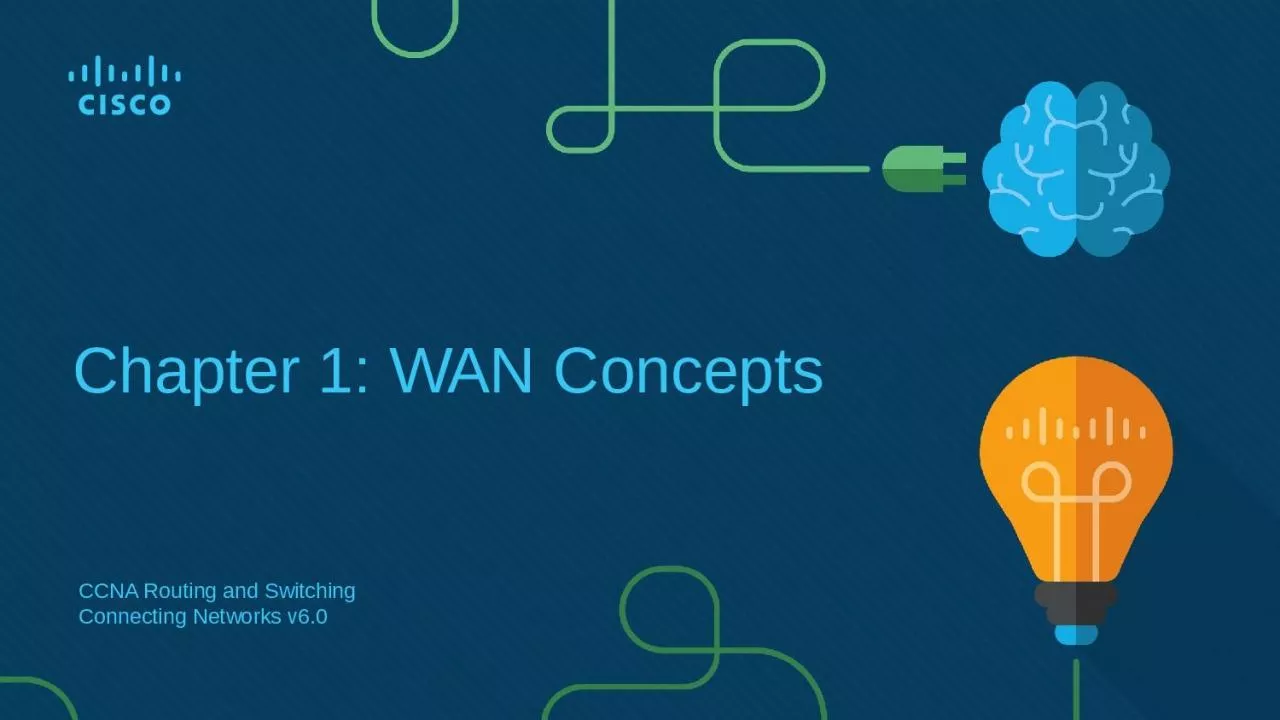
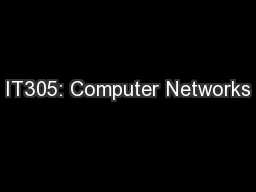
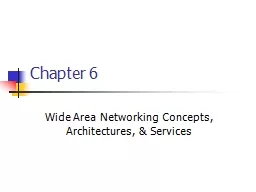

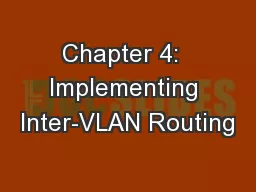




![[BEST]-CCNA: Una Guía Completa para la Última Certificación CCNA (Cisco Certified Network](https://thumbs.docslides.com/985066/best-ccna-una-gu-a-completa-para-la-ltima-certificaci-n-ccna-cisco-certified-network-associate-que-incluye-consejos-y-sugerencias-para-realizar-el-examen-book-version-ccna-spanish-edition-n-2.jpg)


